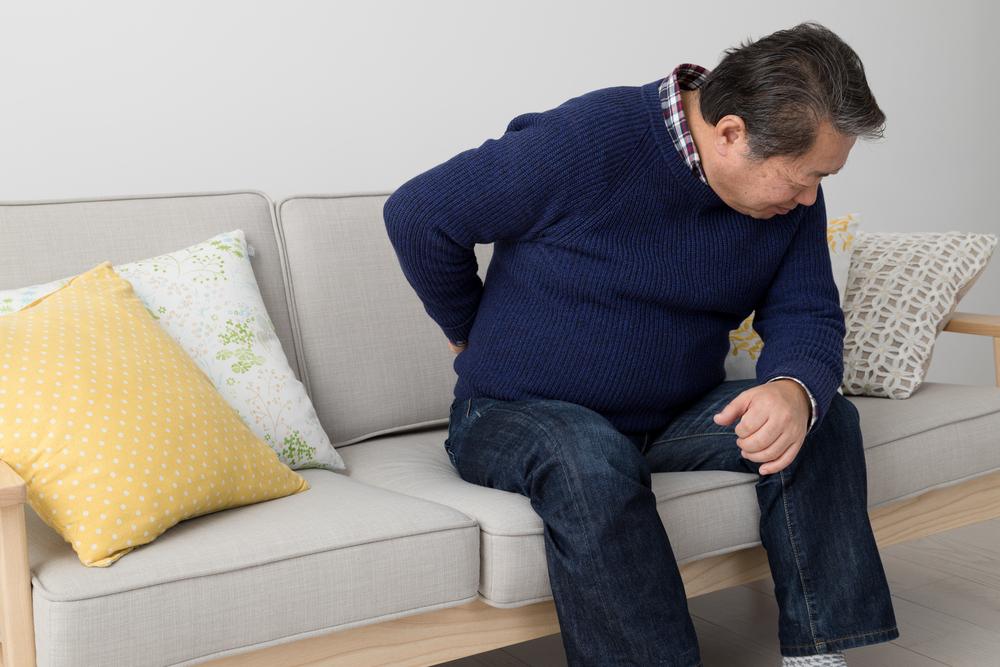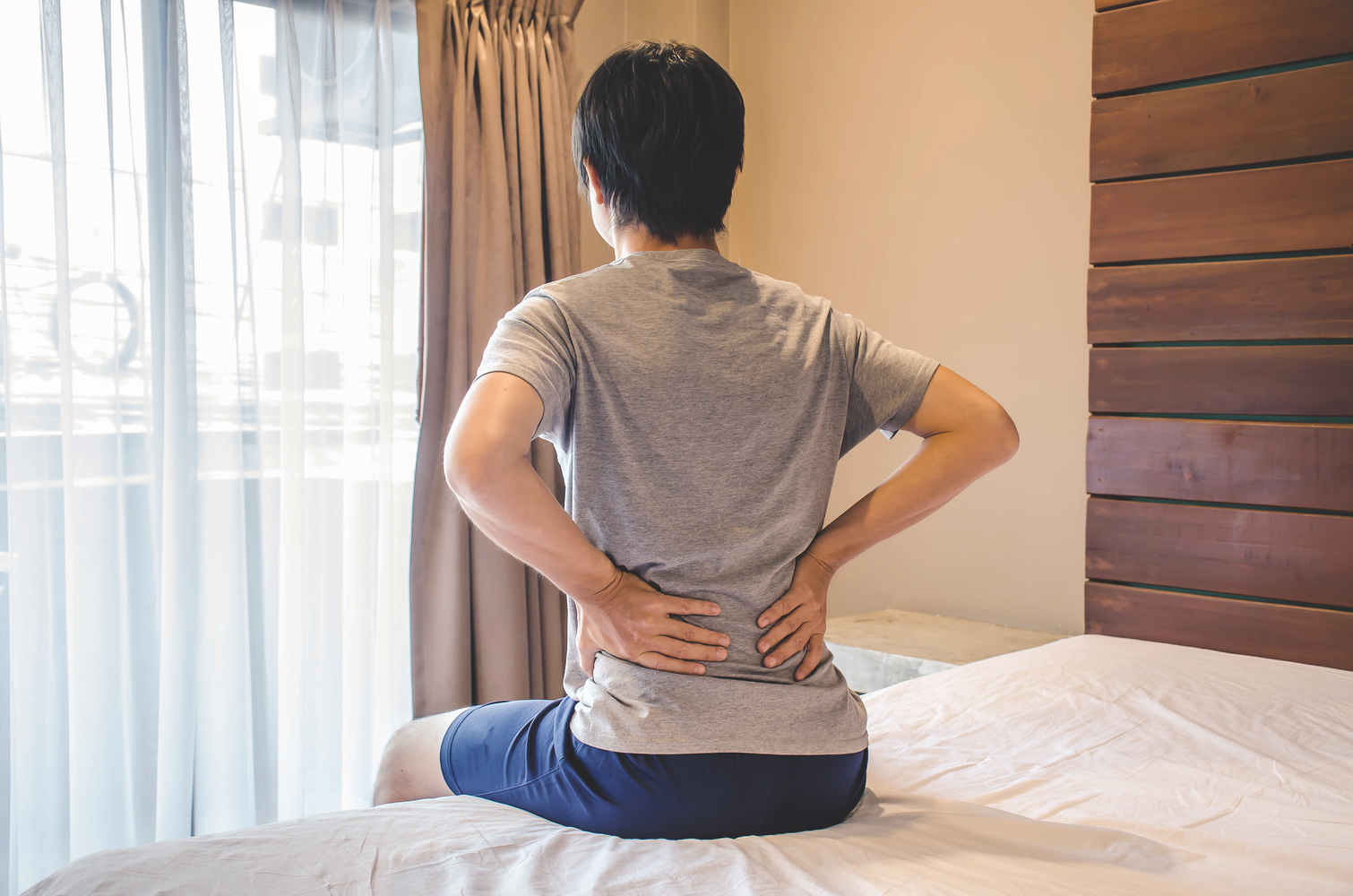Understanding Back Pain: Causes, Symptoms, and Treatment Options
Explore comprehensive insights into back pain, including causes, symptoms, and various treatment options. Learn how age, lifestyle, and medical conditions contribute to back discomfort and discover effective strategies to manage and alleviate pain through medications, therapies, and home remedies. Ensure proper diagnosis and consult healthcare providers for personalized care to improve mobility and quality of life.

Understanding Back Pain: Causes, Symptoms, and Treatment Options
Back pain is a common complaint that can be linked to various health conditions. It affects adults predominantly and can be categorized as either acute or chronic. Acute back pain lasts from a couple of weeks up to six weeks, while chronic pain persists for three months or longer. Younger individuals are less frequently affected. The pain can occur in different parts of the back, often indicating specific underlying issues that require thorough diagnosis for effective management.
Common causes of back pain include factors like aging, obesity, mental health issues, smoking, and sedentary lifestyles. Other significant causes are:
Arthritis, which can lead to spinal stenosis, affecting the lower back.
Skeletal abnormalities like scoliosis, more prevalent in later life.
Osteoporosis, causing brittle bones and back pain in advanced stages.
Symptoms of Back Pain
Intermittent axial pain that varies in intensity from dull to sharp.
Referred pain that shifts location and varies in severity.
Radicular pain traveling along nerve pathways.
Difficulty performing daily activities is common, with pain intensifying after prolonged rest or sitting. Additional symptoms include:
Lower back pain affecting bowel and bladder functions.
Fluctuating fever.
Radiating pain in lower limbs.
Weight loss or loss of appetite.
Available Treatment Options
Medications: Anti-inflammatory drugs and analgesics help alleviate pain quickly. Severe cases may benefit from nerve pain medications like tricyclic antidepressants.
Physical Therapies: Techniques such as acupuncture, chiropractic adjustments, exercise, meditation, and cognitive therapy improve blood flow and relieve discomfort.
Surgical Procedures: Surgery is considered after other treatments fail. Options include spinal fusion, which stabilizes vertebrae, or disc replacement in degenerative cases.
Home Remedies: Applying ice packs to inflamed areas, and engaging in posture-improving exercises and muscle-strengthening routines, can help manage pain naturally.
Note: Always consult with healthcare professionals before starting any treatment. While this guide offers insights, it should not replace professional medical advice.










